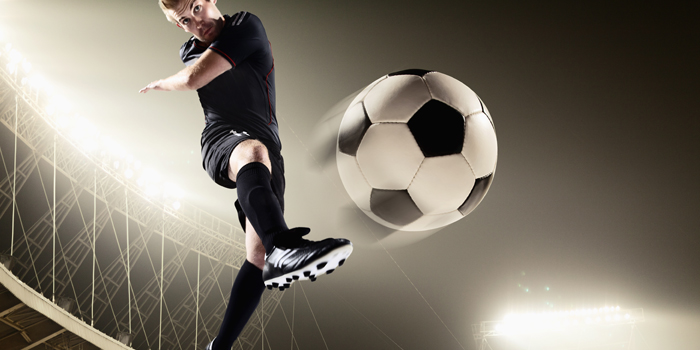
At the 2015 NSCA National Conference, I gave one lecture and one hands-on presentation on rotational power. Like any presentation, the preparation and research leading up to the speech ultimately give an added perspective and a more -in-depth understanding. There were underlying points that I realized when comparing my research and the anecdotal evidence I collected over 15 years of coaching.
- All sports are rotational in nature to some degree.
- The ability to decelerate when performing rotational movements is imperative to decreasing injury potential and subsequently force development.
- Movements in the frontal and transverse planes are underused and challenging to implement. Single arm and single leg movements can reinforce the rotational exercise pool.
- Quantitative and objective progressions are more difficult with rotational type movements.
When looking at methods to develop rotational power, there are three areas I feel are most prevalent. They include the problems associated with incorporating exercises, the progressions and regressions for those exercises, and finally programming them in various templates.
Rationale for Rotation
Needs Analysis
A Needs Analysis is an imperative first step for any coach or trainer. Instituting a Needs Analysis in your program is what makes it an actual training program as opposed to assigning non-specific arbitrary workouts for everyone you train.
Evaluation of the Bio-Motor Requirements of Sport Movements
Even a strictly linear movement predominately in the sagittal plane has some rotational components. The basic task of hip extension and shoulder flexion on the same side of the body indicates some sort of rotation as the upper and lower extremities display "opposing" forces. I learned many years ago that your right hip is directly connected to your left shoulder in sports movements. Without getting into more in-depth biomechanics, which I am not as qualified to do so, I will concur that all movement have some sort of rotational quality to them.
RELATED: Three Drills for Throwers to Improve Technique and Develop Rotational Power
This is not to say that performing twisting med ball abdominal exercises will significantly enhance sprint speed. But, the opposite may be closer to the truth. In other words, the ability to generate force in the sagittal plane, particularly with the opposite arm and leg, could enhance rotational power without specific rotational movements. Basically, increase total body relative strength and rotational power will also increase.
Sport-Specific Simulation vs. Motor Pattern Similarity
One of the most important distinctions between exercises when developing rotational power is to ensure there is a difference between loading a similar sequence of a motor pattern versus trying to replicate the actual sports movement.
For example, it would be inadvisable for a baseball player to exactly replicate his swing using a medicine ball. Anytime you are trying to duplicate executing the same exact movement pattern, at the same speed, and sequencing, you run the risk of altering those same movement components in sport. In essence, you are stealing resources from one skill to another.
Now, there has been some research that suggests that throwing a slightly heavier baseball (a few ounces) can actually increase velocity. The general rule is if the weight of the implement alters mechanics, the weight is too heavy. Compensation patterns will develop if the load inhibiting proper firing patterns.
Almost all Sports are “Rotational”
We often associate rotational sports with most “stick” sports in athletics. Baseball, Softball, Lacrosse, Field Hockey, Ice Hockey, Tennis, and Golf are almost always classified as rotational sports by nature and for good reason. What makes rotational power more important in terms of developing proficiency in these sports is the extended lever arm, which in turn changes the center of gravity and forces much more kinematic awareness and motor control.
Specific Speed of Movement… Rotational endurance?
I was trying to think of a sport that requires rotational endurance. Distance running, kayaking, cycling and swimming all have unilateral components interdependent with the torso and thus may be in this category. My question relates to the actual speed of the movement versus the intent of the speed of the movement. As we know, the intent to move weight fast is as important as the actual velocity when developing explosive power specifically in strength sports. Most rotational movements still require the athlete to rapidly apply force against the pedals or the water. Even if that movement is a repetitive action over the course of time.
Developing Rotational Power without Rotational Movements
1. Unilateral Movements
Single leg and single arm training are vitally important for athletic development, addressing unilateral imbalances and reducing the occurrence of soft tissue injuries. It also can be an effective way to increase rotational power as well. Here is a quick look at some of my most used single leg movements in an athletic setting demonstrated by Derek Dolgner.
General Safety Guidelines
- Upright posture with scapula retracted
- Knee aligned and behind the toes as much as possible
Level 1 Exercises:
Assisted Pistol Squat
- Grab on to straps, ropes, or bands and keep hands in armpits at start
- Counter balance with opposite leg in front
Step-Up
- Align Bottom toe with top heel
- Dorsi-flex bottom toe to isolate top leg
- Push the heel back and extend eccentric contraction to 3-5 seconds
Reverse Lunge
- Step back as far as possible keeping vertical torso
- Drive through the front heel to stand up
Level 2 Exercises:
Single Leg Box Squat
- Use weights to counter-balance
- Sit completely on the box
- Drive the heel through the ground and the head to the ceiling
Skater Squat
- Use weights to counter-balance
- Push your back leg of the back of the box
- Drive through your heel and stand up
Pistol Squat
- Use weights to counter balance with opposite leg in front
- Try and keep a vertical torso
- Stand on a box for an easier progression
2. Change of Direction
This may be obvious for most coaches, but one of the most indicative measures of rotational power is the ability to change direction. Most of us think of rotational power as the ability to swing a bat or to violently twist our bodies. Looking at the basic athletic skill of agility, the three phases (deceleration, amortization, and acceleration) all require a tremendous amount of relative body strength. If the deceleration phase directly correlates to eccentric training, then the acceleration phase is inherently similar to rotational power.
Looking at the basic skill acquisition for rotation requires the athlete to do the basic sequence of shifting their weight in the frontal plane, driving the back hip toward the target, and pulling the front shoulder back. Take a look at these three mistakes when performing lateral starts (basically, change of direction starting with the concentric action) and see what you think about the similarities and the transference of skills.
Three Common Mistakes with Lateral Starts
Mistake #1: Step with the front foot
One common mistake to pushing off the back foot in order to step with the front foot. By stepping with the front foot, the initial movement of the athlete does not significantly move the athletes Center-of-Gravity toward the direction they want to sprint to.
Also, by taking a step with the front foot, the athlete also extends their base and does not allow adequate power production from either foot.
Mistake #2: Pivot before stepping
Another mistake athletes make is to have their first movement turning toward where they are trying to sprint to without taking a step.
When testing, the clock usually starts with the first movement. In athletic competition, it is desirable for the athlete's first movement to adequately change the athlete's COG toward the target area.
Lastly, pivoting on turf, grass, or the hardwood provides unnecessary friction which can slow the athlete down and place unwanted stress on joints and ligaments.
Mistake #3 Crossover step via hip adduction
The crossover step will undoubtedly allow the athlete to cover the most ground with a single step. This changes the athlete's COG and forces the athlete to turn his/her shoulder to perpendicular to where they are sprinting to.
The issue with the crossover step is this action can take much longer to execute. One reason being the athlete cannot generate as much power from the front leg when they are "pulling" via adduction with the front leg. In this case, shifting the COG towards the target before executing a crossover step is ideal.
Lateral Speed and Cog Progression
- Lean & Crossover
- Reposition Step with Pause
- Reposition Step and Sprint
- Shuffle to Start
- Shuffle back to start with pause
- Shuffle back to start & sprint
- Sprint back to start with pause
- Sprint back to start with sprint
The Problem Lies in Progressive Overload
When one of my best friends in coaching, Tony Kunczewski, became the Defensive Coordinator and Head Strength Coach at Lagrange College, he developed a relationship with Kevin Yoxall when "Yox" was at Auburn University. Kunczewski, who is now the Head Football Coach at Berry College, would make the 45-minute trip to see Yox and talk training. At the time, I used bands in our training quite a bit, Tony and I agreed on a lot but he was skeptical of bands. One of the issues that Yox has brought up was the fact that bands are almost impossible to quantify no matter how many other variables you standardize. Even with bands of the same tension, there can be discrepancies between lifters and over the course of time. Everything from the height of the lifter, body dimensions, age of the bands (some bands can lose up to 50% of their tension in a year), and variances in set-up can all negate objectivity when using bands.
So what do bands have to do in terms of the context of rotational power? The equipment and modalities used when implementing rotational power exercises are extremely difficult to quantify and progress.
By the way, if you want a detailed look at some implementation of bands and chains (along with some areas of concern), check out: 4 Thoughts on Accommodating Resistance.
Quantitative Measures for Progression
When programming rotational power exercises using medicine balls, landmine movements, or bands, the progression and regression criteria can become a bit fuzzy. For example, most prescribed exercises are progressed by quantitative measures such as load, reps, volume, rest intervals (inverse relationship), intensity, (RPE or forced reps), or bar speed. Combining multiple variables can overly cloud this progression. Conversely, rotational power is limited in its progression capabilities. Quantitatively, we can still look at:
- Load
- Volume
- Output (Outcome)
Each of these components has limitations and a point of diminishing returns. For example, when looking at a load of a throwing implement like a medicine ball, there comes a point where that external load will inhibit the throwing mechanics of the athlete. Using a heavier and heavier med ball over the course of time will result in reaching a point where the actual movement will need to be altered. There is also danger in developing compensation patterns which may be harder to detect in the process of getting to that point.
Various factors of volume can also have negative effects on performance of rotational power exercises. Unlike load parameters, volume factors such as sets, reps, total volume, and tonnage, mirror the challenges when programming barbell exercises. But, because of the less significant load and subsequently lower stress on the athlete when using medicine balls, landmines, etc.; volume becomes the intended equalizing factor for coaches. Most coaches would not prescribe high volume Olympic lifts for explosive power development but often prescribe endurance type sets and reps when using a medicine ball or jumping drills. Again, there comes a point of diminishing returns.
Finally, output or generally speaking, outcome, refers to either the distance, height, velocity or force generated from a throw, swing, etc. This is not an inclusive list and all have pros and cons associated with them.
Measuring a movement like a medicine ball throw with by velocity or force is possible, but not necessarily practical. Velocity based tracking systems, force plates for impact, etc., may be more applicable in a clinical setting. Which leaves us with height or distance.
The problem with measuring the vertical force with med ball throws (height) is the logistical concerns with the facilities. Most structures just do not allow for this type of assessment. The absolute best apparatus I have seen was several years ago at the Arnold Strongman. There was a piece of plywood suspended from the ceiling and could be adjusted to specific heights. The med ball would simply have to be thrown and make contact with the board. The use of a pole vault bar or constructing something used in the weight for height at a Highland Games competition is also not really an option in a school setting.
Of course, there can be multi-story structures which would allow for the differentiation in height, but none are really adjustable. If there is an implement such as a goal post, then the combination of height and distance can be combined and standardized. This leaves us with the most logical and measurable factor in assessing forces production with a medicine ball.
Logistically, throwing a medicine for distance, whether a backward scoop throw, forward scoop throw, shot-put style throw, or a rotational throw, makes the most sense. The issue arises when we try to measure progress and performance on a session to session basis. The testing distance at the end of the cycle or comparing from week to week, require a tape measure for every throw. This sucks up training time and bogs down the flow of workouts. Here are some tips to helps alleviate logistical obstacles and empower athletes to compete, progress, and assess their performances, making every throw mean something:
- Find a large, high, weight bearing wall that is preferably a darker color. Athletes throwing against a wall, especially when the med balls can bounce back, can save time and increase training density.
- Instead of measuring how far the athlete throws the ball with a measuring tape, measure how far the athlete is standing away from the wall. You can mark this, however, your facilities allow. If the ball hits the floor before the wall, the athlete will know and that throw won't "count". The ball also won't roll back to the athlete.
- In addition to distance and weight of the med ball, height of contact can also be a factor. My marking the wall (top of the logo, letters, or multiple colors on the wall) the coach can adjust the stimulus and keep training more engaging.
Programming
Programming for rotational power must coincide with the numerous bio-motor and bio-energetic qualities necessary for improved athletic development. This implementation is highly dependent on the sports requirements and the physical readiness of the athlete.
Incorporating rotational power movements are an essential component of any comprehensive program. But, these methodologies can be inserted into a basic training template without jeopardizing the integrity of the training plan or extended the duration. Here is a basic template used in accordance with the specific intention of the training block. This includes general movements included in movement prep, reactive method, dynamic effort method, and the repetition method.
This is not to say that rotational movement cannot be implemented into maximum effort or hypertrophy type loads and volume prescriptions. These four blocks allowed for the most convenient application.
Anti-Rotation, Anti- Extension, Mobility, Stability
I am in no way a biomechanist so this sequence is going to be reduced to a very basic level.
Reactive Method
To clear up some basic terminology, using the term reactive method is synonymous with what Louie Simmons would categorize plyometric and ballistic type exercises such as throws, jumps, and sprints as opposed to reactive agility drills.
Rotational Throw Factors
Rotational Med Ball Throw Instructional
Here is a video where Nick Showman and I explain and demonstrate a variation of a rotational push throw. This is an outstanding series to develop power in the transverse plane. The most important aspect is to initiate the movement with the back hip. A good coaching cue is to pretend there is a camera attached to your back hip and take a picture of your target.
The key coaching points for this variation include:
- Start in an Athletic Stance
- Keep the Elbows High
- Initiate movement with back hip
- Push the Med ball toward target
- Pivot off back foot
Rotational Med Ball Throw Variations
Here are three variations of a rotational push throw. Again, this is an outstanding series to develop power in the transverse plane. The most important aspect is to initiate the movement with the back hip. A good coaching cue is to pretend there is a camera attached to your back hip and take a picture of your target. The key coaching points for this variation include.
1. Start in an Athletic Stance
2. Keep the Elbows High
3. Initiate movement with back hip
4. Push the Med ball toward target
5. Pivot off back foot
The three variations included in this video:
- Rotational Push Throw with no counter movement. This requires the athlete to start with the med ball centered high on the chest and initiate the movement with a violent rotation while keeping proper posture.
- Shuffle To. Sometimes referred to as a crow-hop throw. this allows the athlete to generate more power through the hips by using forward momentum before regaining a proper athletic stance (much like a javelin throw.)
- Shuffle Away. This is a great drill learned from Lee Taft to reinforce proper mechanics in change of direction (COD) drills by teaching the athlete to redistribute force toward the target.
Dynamic Effort Method
In this video, I clinic a rotational power exercise using the elitefts Core Blaster attachment in the Erect-a-Rack at 11athletics in Columbus, Ohio. The Core Blaster is an outstanding tool to develop power in the transverse plane. The most important aspect is to initiate the movement with the back hip. A good coaching cue is to pretend there is a camera attached to your back hip and take a picture of your target.
Factors that increase resistance and level of difficulty with this Exercise:
- The Load in terms of Weight
- Band Tension
- Lever Arm (arms extended)
- Range of Motion
- Volume
One-Arm Press Progression with Core Blaster
Here are several overhead press variations using the elitefts™ Core Blaster.
Variations used in this video include:
- Half-Kneeling Press
- Staggered Stance Press
- Squat Press
- Press with Band
- Rotational Press with Band
Half-Kneeling Press: This is a very good alternative for beginners or for athletes coming off of a shoulder injury. The half-kneeling press can drastically reduce hyperextension in the lumbar spine to compensate for T-spine mobility and keeps the weight slightly in front of the athlete and can reduce impingement because of the close proximity of the arm to the mid-line due to a neutral grip.
Standing Press: This can be done with a parallel or staggered stance. Setting this exercise up will be more difficult but the resistance will be less than the half kneeling with the same weight on the end of the bar. With the bar more perpendicular to the ground, the load is actually distributed into the shaft of the barbell.
Squat Press: This is sometimes referred to a thruster. This will be a full-body exercise that can be combined with a two-handed front squat. The athlete should drive the hips forward to initiate the final press and keep the arm in alignment with the upper body.
Press with Band. Using elitefts pro bands with the Core Blaster is a great combination due to the accommodating resistance works well with both strength curve. The first strength curve is the human body's biomechanical strength curve with a pressing movement. The second strength curve is due to the shift from the horizontal to the vertical position of the bar.
Rotational or Push Press with Band. Either one of these options would be a great addition to developing power. The initiation of both or one hip differentiates this movement. Regardless of variation,
Factors that increase resistance and level of difficulty with this Exercise:
- The Load in terms of Weight
- Band Tension
- Start Position of the lifter
- Volume
Repetitive Effort
Because of the nature of rotational movements at it applies to sports requirements, the repetition method is uniquely used in a basic program. Repetitive effort exercises most often address needs of hypertrophy, local muscular endurance, and metabolic conditioning. Primal movements such as crawling, rocking, rolling, twisting, and bending (specifically in the frontal plane) are all basic movements that not only apply to movement prep but movement-rich conditioning as well.
2 Day Example Split
Day 1
- Movement Prep
- Linear Speed
- Snatch or Sagittal Plane Throw
- Squat
- Jump
- Overhead Press
- Single Leg RDL/ Glute-Ham Raise
- Horizontal Row
Day 2
- Movement Prep
- Lateral Speed (COD)
- Clean or Swing
- Deadlift/ RDL
- Rotational Throw/ Landmine
- Bench Press
- Chin-Up
- Single Leg Squat/ Lunge
References
- Andre, MJ, Fry, AC, Heyrman, MA, Hudy, A, Holt, B, Roberts, C, Vardiman, JP, and Gallagher, PM. A reliable method for assessing rotational power. J Strength Cond Res 26(3): 720–724, 2012.
- Earp, Jacob E; Kraemer, William J. Medicine Ball Training Implications for Rotational Power Sports. Strength & Conditioning Journal. 32(4):20-25, August 2010.
- Gillies, Aaron; Dorgo, Sandor. Preventing Lumbar Injuries in Rotational Striking Athletes. Strength & Conditioning Journal. 35(2):55-62, April 2013.
- Kyriazis, TA, Terzis, G, Boudolos, K, and Georgiadis, G. Muscular power, neuromuscular activation, and at preseason and at competition period. J Strength Cond Res 23(6): 1773–1779, 2009
- Lehman, G, Drinkwater, EJ, and Behm, DG. Correlation of throwing velocity to the results of lower-body field tests in male college baseball players. J Strength Cond Res 27(4): 902–908, 2013.
- Spaniol, Frank J. Striking Skills: Developing Power to Turn. Strength & Conditioning Journal. 34(6):57-60, December 2012.
- Stodden, D.F., Campbell, B.M., and Moyer, T.M. Comparison or Trunk Kinematics in Trunk Training Exercises and Throwing. J. Strength Cond. Res 22(1): 112–118, 2008.
- Szymanski, David; McHenry, Sean P; Blankenship, Todd M; More. Effect Of Medicine Ball Training On Bat Swing And Batted-Ball Velocities Of Novice Participants. Journal of Strength & Conditioning Research. 24():1, January 2010.
- Szymanski, D.J., J.S. McIntyre, J.M.J. Bradford, R.L. Schade, N.H. Madsen, and D.D. Pascoe. Effect of torso rotational strength on angular hip, angular shoulder, and linear bat velocities of high school baseball players. J. Strength Cond. Res. 21(4):1117–1125. 2007.
- Szymanski, DJ, Szymanski, JM, Schade, RL, Bradford, TJ, McIntyre, JS, DeRenne, C, and Madsen, NH. The relation of high school baseball players before and after 12 weeks of training. J Strength Cond Res 24(11): 2933–2943, 2010.
- Taylor, Jeffrey B.; Waxman, Justin P. Expanding on the Side Bridge. Strength & Conditioning Journal. 36(3):91-96, June 2014.
- Talukdar, K, Cronin, J, Zois, J, and Sharp, AP. The role of rotational mobility and power on throwing velocity. J Strength Cond Res 29(4): 905–911, 2015










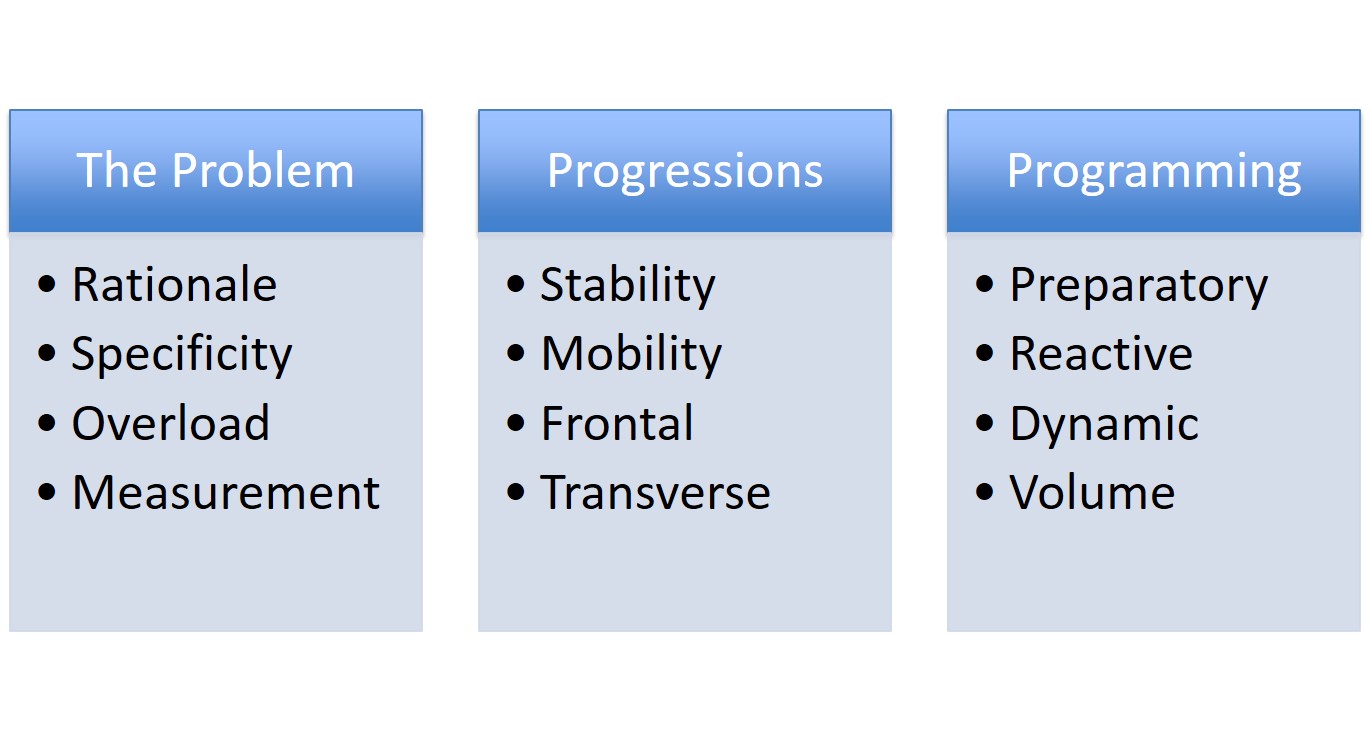
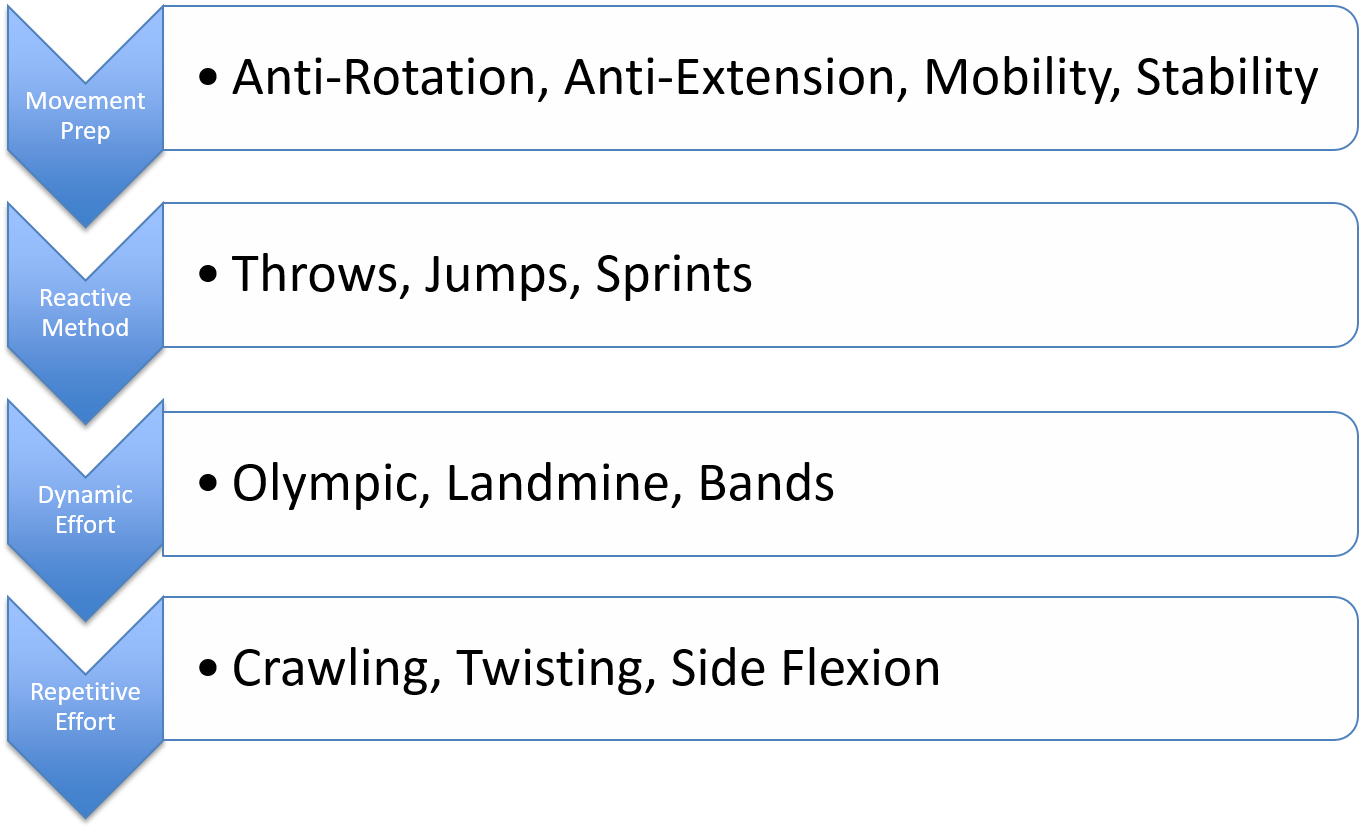
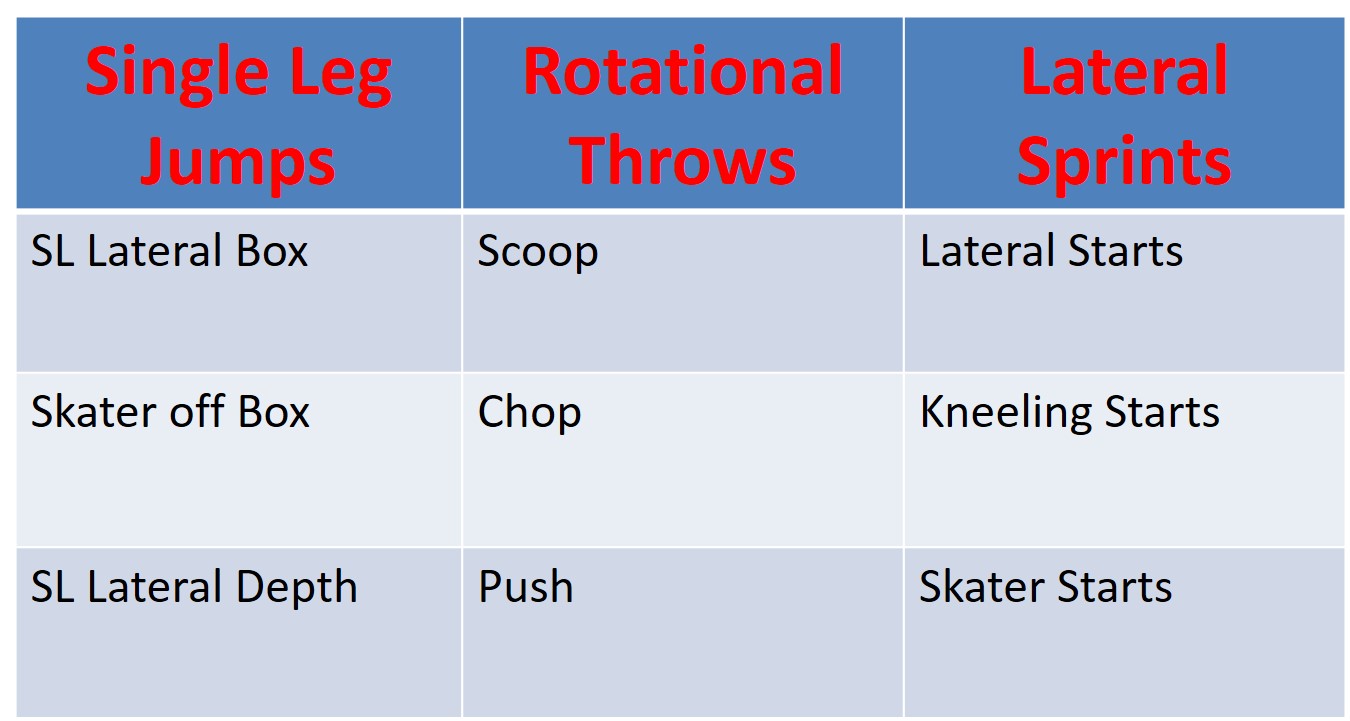
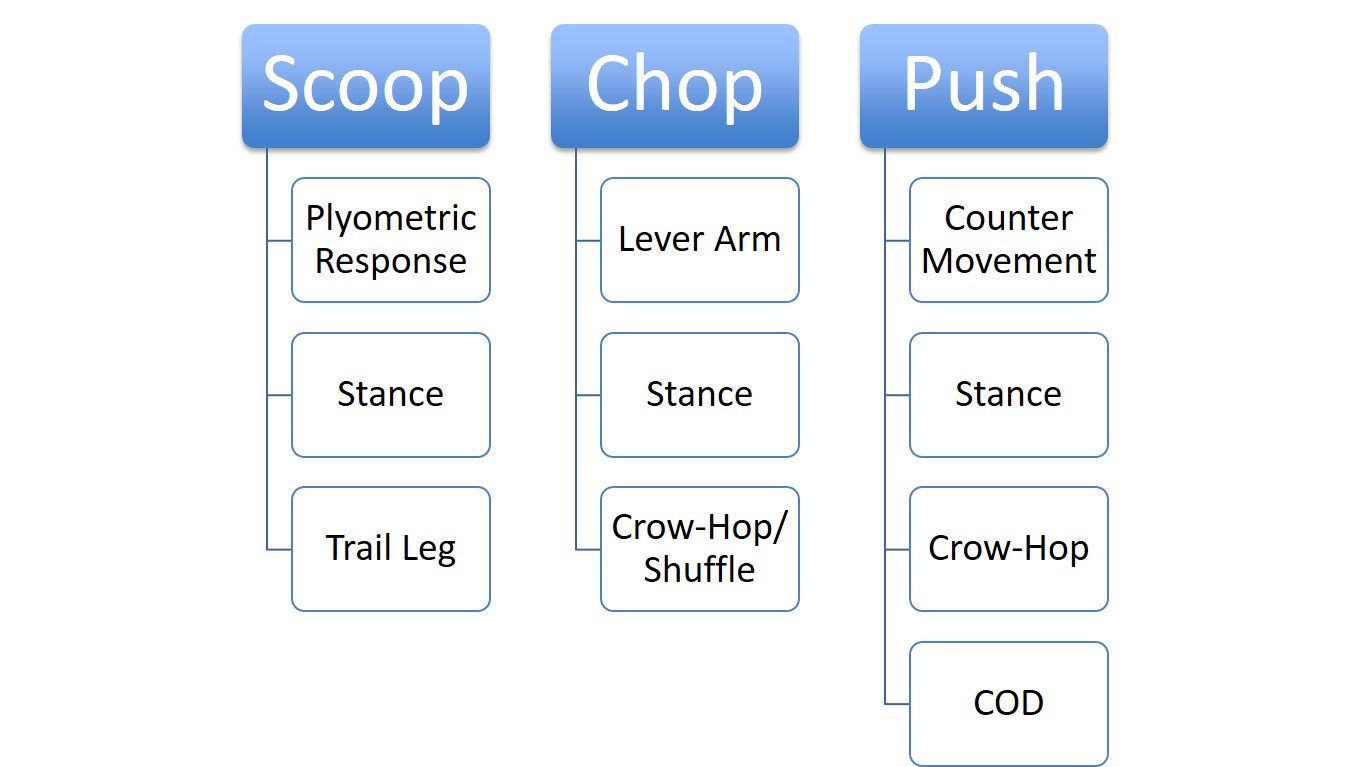
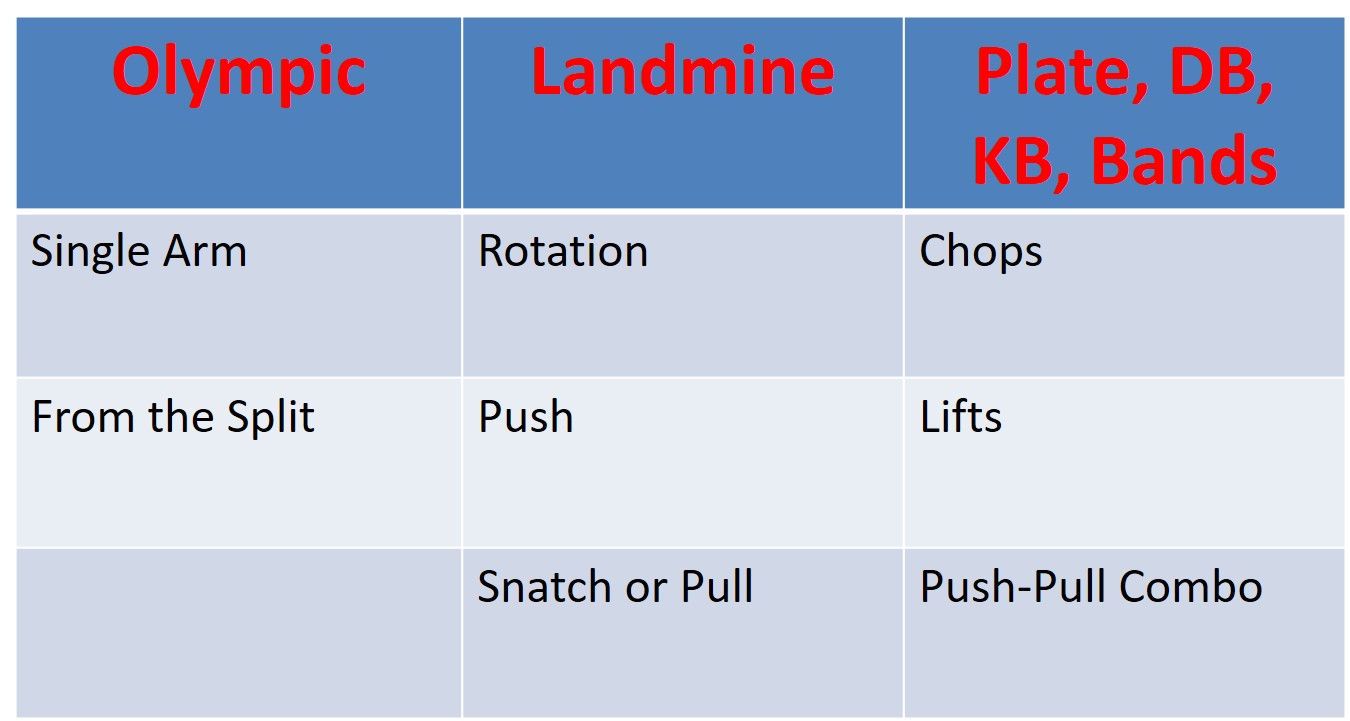

3 Comments